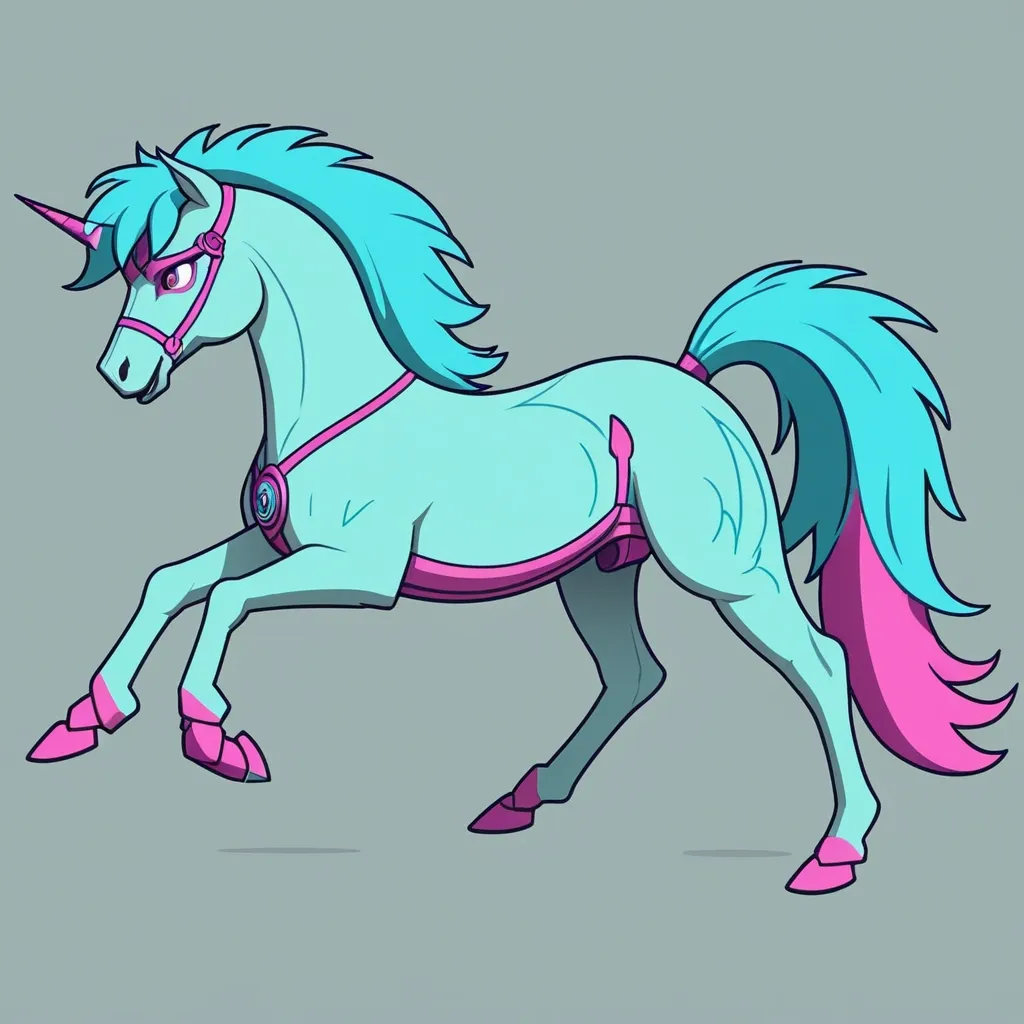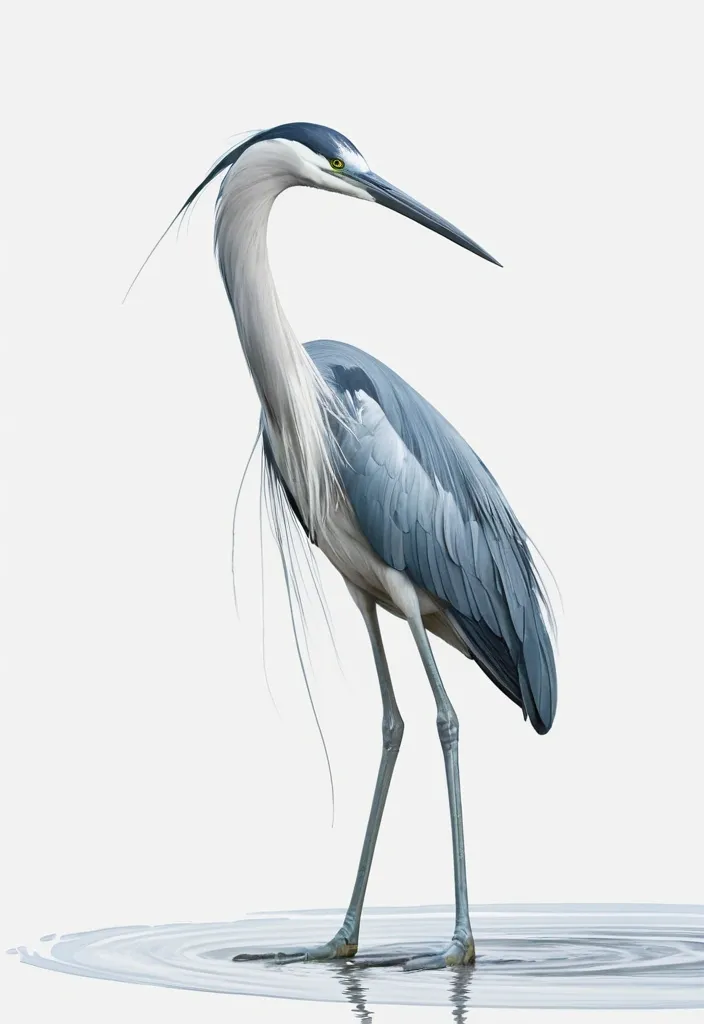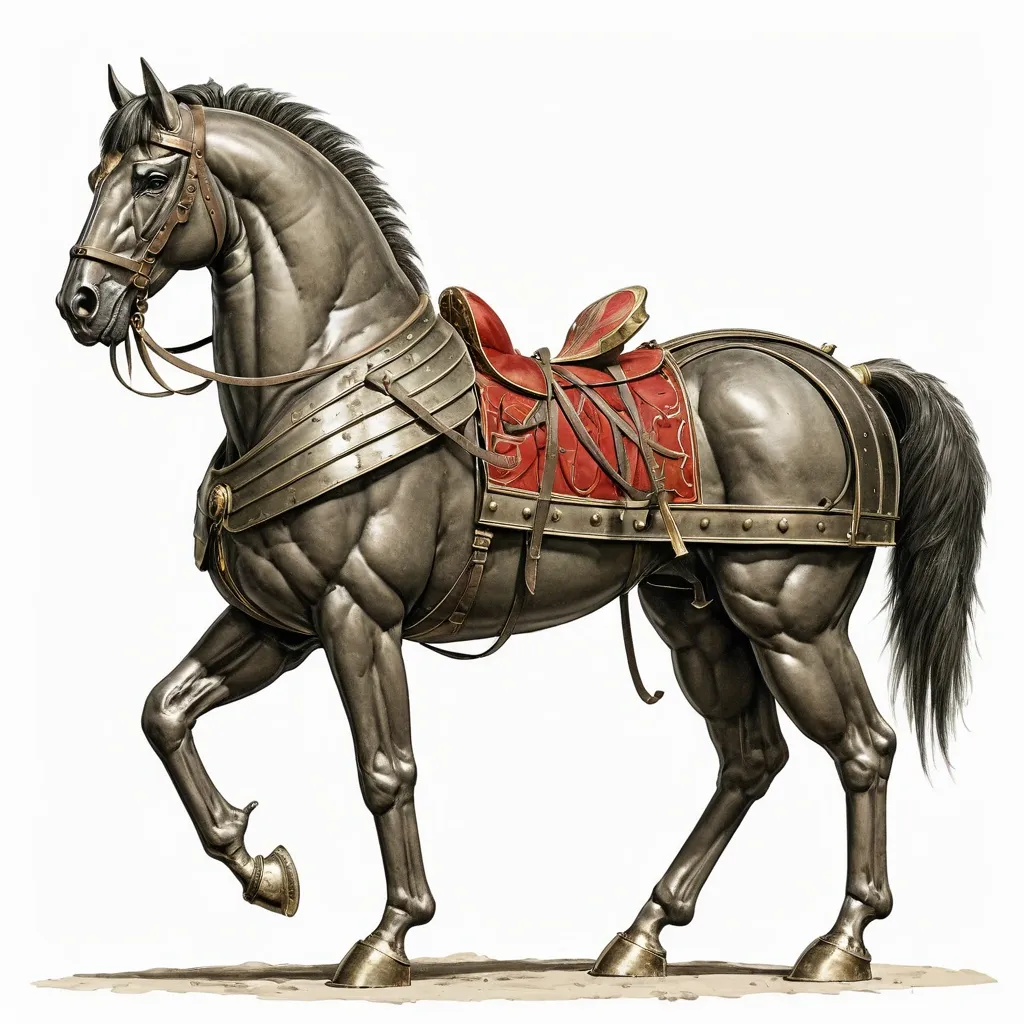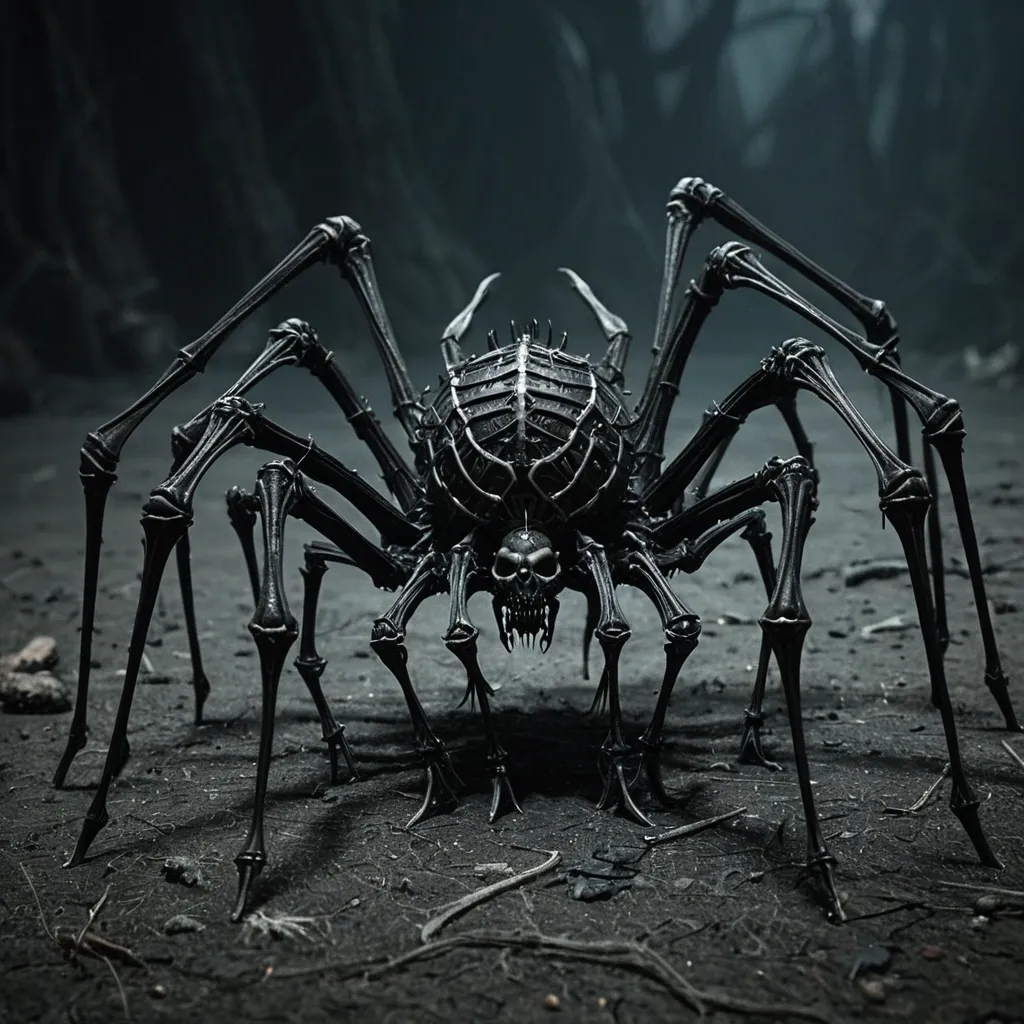Search Results for legs
Explore AI generated designs, images, art and prompts by top community artists and designers.

Pyschadelic art (( Retro 60's style concert poster)) , ((Ultra realistic image of Jim Morrison smoking a large joint wich makes a smoke cloud around him)) , Jims face is still in clear view of camera , There is fine detail in Jims Face , ((He sits in the red desert sand of Outback Australia)) (( in image background behind him , is very realistic Ayers Rock/Uluru)) , ((Uluru/ Ayers Rock glows vivid dark red from setting sun)) ((The sky is full of the stars of the Milky Way which shines bright above)) , ((Vivid Neon Colours)) , ((glowing fireflies dance around Jim Morrison)) , ((His legs are crossed in lotus position , he has a dreamy look on his face , his eyes sparkle , looking above at stars)) ,

Pyschadelic colours , ((poster art)) ((Ultra realistic image of Jim Morrison smoking a large joint wich makes a smoke cloud around him)) , Jims face is still in clear view of camera , There is fine detail in Jims Face , ((He sits in the red desert sand of Outback Australia)) (( in image background behind him , is very realistic Ayers Rock/Uluru)) , ((Uluru/ Ayers Rock glows vivid dark red from setting sun)) There is a ((A psychadelic coloured rainbow forms a bow above Uluru)) ((The Milky Way is very bright and forms a visible band across shy)) band across sky))There is aforms shines bright above)) , ((Vivid Neon Colours)) , ((glowing fireflies dance around Jim Morrison)) , ((His legs are crossed in lotus position , he has a dreamy look on his face , his eyes sparkle , looking above at stars)) ((trippy)) ((UHD)) ((Award winning photography)) ,

((Pyschadelic colours)) , (( Poster Art)) , ((Ultra realistic image of Jim Morrison smoking a large joint)) , ((There is a smoky haze around his head , from Jims exhaling of joint)) face is still in clear view of camera , ((Behind Jim Morrisson is Ayers sits in the red desert sand at a ultra realistic , ((UHD)) , ((award winning photograph of 'Uluru' Austalia)) , 'Uluru' is a glowing neon pinkish purple colour against Night Sky , (( the Milky Way shines vividly in sky)) comets , stars , ((show Jupiter and its rings realisticly in sky) ((Draw a old pirate ship of big sails and made out of awhite clear crystalike glass , place the ship so it kooks likeitis sailing in space))s brightly dot the sky , ((Psychadelic Art)) glowing fireflies dance around Jim Morrison , His legs are crossed in lotus position , he has a dreamy look on his face , his eyes sparkle , looking above at stars , ,

real capturing a romantic and luxurious moment in a royal castle street , full body portrait photograph of 34yrs beautiful native american woman , perfect symmetrical face , hyper realistic , ultra details , UHD , 4K , red platinum matter short bikini , red basted short curly hair , full body in frame , beautiful and gorgeous women , smiling shying , beautiful legs , red pumpy shoes , romantic environment , light feather jewelry , maroon handmade Halter Neck Plongged Dress , Backless dress , (((wild west))) environment , Utah landscape , ultra realistic , concept art , elegant , ((intricate)) , ((highly detailed)) , depth of field , ((professionally color graded)) , 8k , art by artgerm and greg rutkowski and alphonse mucha , 4k , clean , realistic face , realistic eyes , highest quality , realistic hands , trending on artstation , masterpiece , NSFW , five fingers ,

((Pyschadelic colours)) , (( Poster Art)) , ((Ultra realistic image of Jim Morrison smoking a large joint)) , ((There is a smoky haze around his head , from Jims exhaling of joint)) face is still in clear view of camera , ((Behind Jim Morrisson is Ayers sits in the red desert sand at a ultra realistic , ((UHD)) , ((award winning photograph of 'Uluru' Austalia)) , 'Uluru' is a glowing neon pinkish purple colour against Night Sky , ((The sky is full of the stars of the Milky Way which shines bright above)) , ((Vivid Colours)) , glowing fireflies dance around Jim Morrison , His legs are crossed in lotus position , he has a dreamy look on his face , his eyes sparkle , looking above at stars , ,

((Pyschadelic colours)) , (( Poster Art)) , ((Ultra realistic image of Jim Morrison smoking a large joint)) , ((There is a smoky haze around his head , from Jims exhaling of joint)) face is still in clear view of camera , ((Behind Jim Morrisson is Ayers sits in the red desert sand at a ultra realistic , ((UHD)) , ((award winning photograph of 'Uluru' Austalia)) , 'Uluru' is a glowing neon pinkish purple colour against Night Sky , (( the Milky Way shines vividly in sky)) comets , stars , planets brightly dot the sky , ((Psychadelic Art)) glowing fireflies dance around Jim Morrison , His legs are crossed in lotus position , he has a dreamy look on his face , his eyes sparkle , looking above at stars , ,

((Pyschadelic colours)) , (( Poster Art)) , ((Ultra realistic image of Jim Morrison smoking a large joint)) , ((There is a smoky haze around his head , from Jims exhaling of joint)) face is still in clear view of camera , ((Behind Jim Morrisson is Ayers sits in the red desert sand at a ultra realistic , ((UHD)) , ((award winning photograph of 'Uluru' Austalia)) , 'Uluru' is a glowing neon pinkish purple colour against Night Sky , (( the Milky Way shines vividly in sky)) comets , stars , planets brightly dot the sky , ((Psychadelic Art)) glowing fireflies dance around Jim Morrison , His legs are crossed in lotus position , he has a dreamy look on his face , his eyes sparkle , looking above at stars , ,

((Pyschadelic colours)) , (( Poster Art)) , ((Ultra realistic image of Jim Morrison smoking a large joint)) , ((There is a smoky haze around his head , from Jims exhaling of joint)) face is still in clear view of camera , ((Behind Jim Morrisson is Ayers sits in the red desert sand at a ultra realistic , ((UHD)) , ((award winning photograph of 'Uluru' Austalia)) , 'Uluru' is a glowing neon pinkish purple colour against Night Sky , ((The sky is full of the stars of the Milky Way which shines bright above)) , ((Vivid Colours)) , glowing fireflies dance around Jim Morrison , His legs are crossed in lotus position , he has a dreamy look on his face , his eyes sparkle , looking above at stars , ,

Pyschadelic art (( Retro 60's style concert poster)) , ((Ultra realistic image of Jim Morrison smoking a large joint wich makes a smoke cloud around him)) , Jims face is still in clear view of camera , There is fine detail in Jims Face , ((He sits in the red desert sand of Outback Australia)) (( in image background behind him , is very realistic Ayers Rock/Uluru)) , ((Uluru/ Ayers Rock glows vivid dark red from setting sun)) ((The sky is full of the stars of the Milky Way which shines bright above)) , ((Vivid Neon Colours)) , ((glowing fireflies dance around Jim Morrison)) , ((His legs are crossed in lotus position , he has a dreamy look on his face , his eyes sparkle , looking above at stars)) ,

Pyschadelic art (( Retro 60's style concert poster)) , ((Ultra realistic image of Jim Morrison smoking a large joint)) , ((There is a smoky haze around his head from Joint)) , Jims face is still in clear view of camera , There is fine detail in Jims Face , ((He sits in the red desert sand , he wears tight black leather pants and no shirt , there is a peace symbol neclklace around neck)) ((behind Jim is a very realistic Uluru/Ayers Rock)) ((Uluru is highly detailed and ultra realistic)) , ((Uluru / Ayers Rock glows red with sunset)) the sky is getting dark , ((The sky is full of the stars of the Milky Way which shines bright above)) , ((Vivid Colours)) , glowing ((fireflies dance around Jim Morrison and image foreground)) His legs are crossed in lotus position , he has a dreamy look on his face , his eyes sparkle , He looks towards above the sky (( Incude Jim Morrison smoking a large joint m)) ,

Pyschadelic art (( Retro 60's style concert poster)) , ((Ultra realistic image of Jim Morrison smoking a large joint)) , There is a smoky haze around his head , Jims face is still in clear view of camera , There is fine detail in Jims Face , ((He sits in the red desert sand at a ultra realistic , ((UHD)) , ((award winning photograph of 'Uluru' Austalia)) , 'Uluru' is a glowing neon pinkish purple colour against Night Sky , ((The sky is full of the stars of the Milky Way which shines bright above)) , ((Vivid Colours)) , glowing fireflies dance around Jim Morrison , His legs are crossed in lotus position , he has a dreamy look on his face , his eyes sparkle , looking above at stars , ,

A dark-skinned woman with an athletic build , with muscular arms and especially her legs. She has red eyes and long white hair that reaches below her waist. Due to her Quirk , she has long rabbit ears that are slightly curved at the top , and a small white tail. This gives her an overall resemblance to an albino rabbit. Her hero costume consists of a white sleeveless bodysuit with dark purple trim around the shoulders and waist , a white furry collar , a large yellow crescent moon on her chest , and two thick metal plates on her stomach. She wears purple thigh-high boots to complement her bodysuit , with a large amount of padding around the heel and toe , making her feet resemble those of a rabbit. She also wears a pair of padded white gloves on her hands , with long cuffs and small triangular protrusions on the edges. ,

Fashion photograph of fish eye view , she has a Playing Cards like wings. Beauty and fashion supermodel , Swimming over endless spiral Bloom skyscraper city , night landscape. Organic Futurism. The fabric of the Playing Cards billows outward in all directions , unconventional , and fashionable clothing , as beautiful as heaven , trending on art-station. Full body shot from a low vantage point. Legs in the frame --ar 2:3 --raw --p ,

I am looking to create a 4 to 6 frame animation sprite sheet in the My Little Pony: Friendship is Magic vector art style. The sprite sheet should depict a small turquoise earth pony with a bright magenta mane and tail performing a charging ram attack. The animation sequence must include the following frames: Anticipation: The pony should be crouching with tensed legs , ready to spring into action. Launch: The pony should be depicted pushing off with its rear hooves , showcasing the moment of takeoff. Sprinting: The pony should have its head lowered , displaying a determined expression , with its body stretched forward as it charges. Impact-ready Pose: The final frame should show the pony with its head down , bracing with its hooves , while its mane and tail flow back , indicating the force of the charge. Please ensure that the animation features clean linework , bold outlines , and flat pastel colors. The background should be either transparent or simple to maintain focus on the character , making it ideal for use in a 2D Metroidvania platformer game. Any additional tips on how to effectively animate this sequence would also be appreciated. ,

Asian female wearing inflatable full-body musclesuit in the form of realistic giant overpumped bodybuilder , big beefy muscles , muscular and masculine , muscle morph , balloony muscles , giant balloony chest , big thick beefy legs , bulging arms , tight bulging abs. Very tight inflated smooth and shiny PVC suit of wrestler bodybuilder body black color color with gray patterns. Pink short hair. gray tracking boots. Winter meadow with hiking tents. ,

2 , D anime style , anime girl , high quality , master piece , full body standing pose , one hand resting on hip , short messy silver hair , cropped bomber jacket slightly open , simple crop top underneath , short cargo pants , visible waist curve , subtle rounded hips , toned legs , confident expression , chunky sneakers , minimal soft background ,













